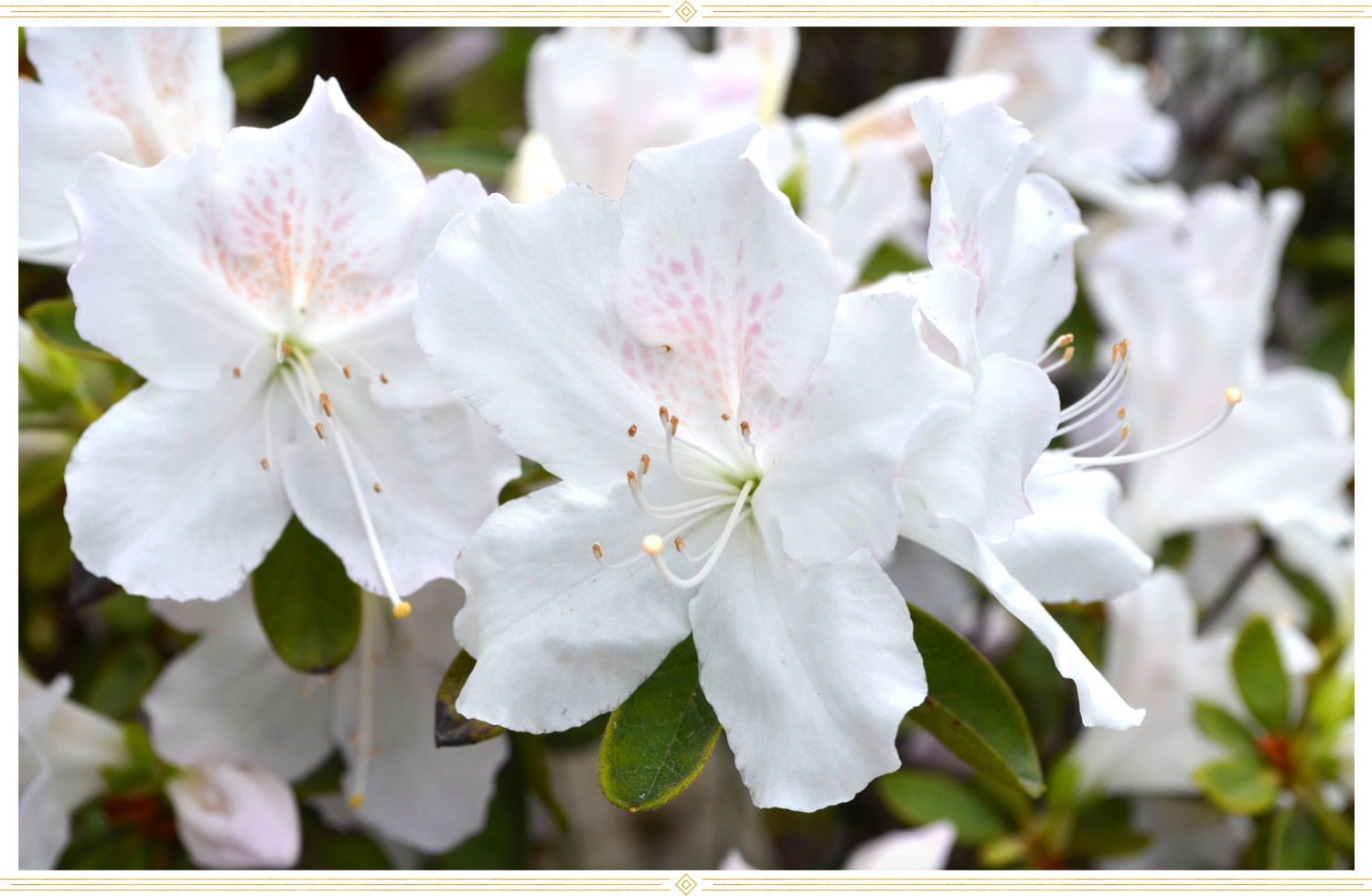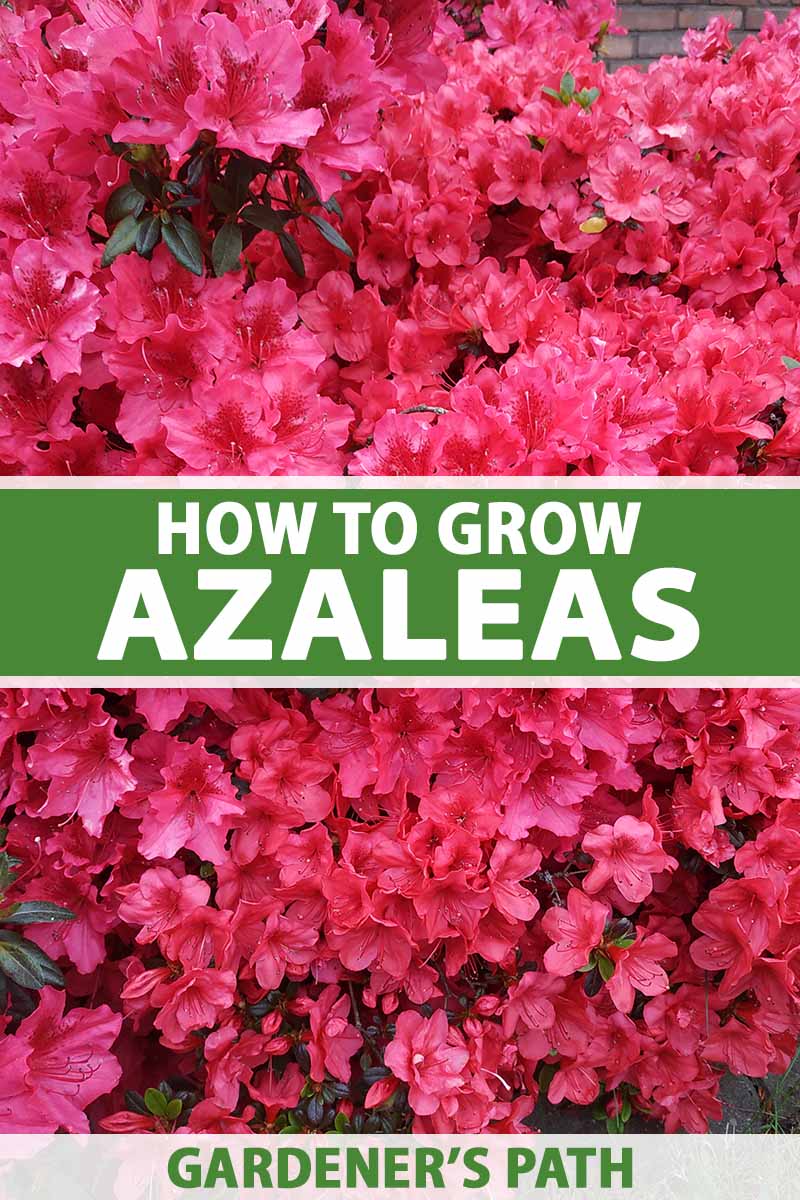Why Azalea Planting Timing Matters
Planting azaleas at the right time is crucial for their success. When is the best time to plant azaleas? The answer depends on various factors, including the type of azalea, climate, and soil conditions. Planting azaleas at the wrong time can lead to poor growth, weak roots, and a lack of blooms. On the other hand, planting them at the right time can result in healthy, thriving plants that produce vibrant flowers. Timing is especially important for azaleas, as they are sensitive to temperature and moisture fluctuations. By understanding the importance of timing, gardeners can set their azaleas up for success and enjoy their beautiful blooms for years to come.
Understanding Azalea Varieties and Their Planting Needs
Azaleas come in a variety of species, each with its unique characteristics, growth habits, and planting requirements. Deciduous azaleas, such as the popular Rhododendron spp., lose their leaves in the fall and typically thrive in cooler climates with well-draining soil. Evergreen azaleas, like the Azalea spp., retain their leaves year-round and prefer warmer climates with acidic soil. When deciding when is the best time to plant azaleas, it’s essential to consider the specific needs of the variety you’re planting. For example, deciduous azaleas do best when planted in the fall, while evergreen azaleas can be planted in the spring or fall. Understanding the specific needs of your azalea variety will help you provide the optimal conditions for healthy growth and blooming.
How to Determine the Best Planting Time for Your Region
Determining the best time to plant azaleas in your region requires consideration of several factors, including climate, frost dates, and soil temperature. In general, azaleas thrive in temperate climates with mild winters and cool summers. When is the best time to plant azaleas in your area? In regions with harsh winters, it’s best to plant in the spring, after the last frost, when the soil has warmed up to at least 55°F (13°C). In regions with mild winters, fall planting is ideal, as it allows the azalea to establish itself before the heat of summer. Additionally, check the specific frost dates for your area and avoid planting during periods of extreme weather. By taking these factors into account, you can ensure that your azaleas get off to a strong start and thrive in their new environment.
The Role of Weather and Climate in Azalea Planting
Weather and climate conditions play a crucial role in azalea planting and growth. Frost, heat, and humidity can all impact the success of azalea planting, making it essential to consider these factors when determining when is the best time to plant azaleas in your region. In areas prone to frost, azaleas should be planted in the spring, after the last frost, to prevent damage to the tender shoots. In regions with hot summers, azaleas should be planted in the fall, when the temperatures are cooler, to reduce stress on the plant. Additionally, azaleas thrive in humid environments, so regions with low humidity may require additional watering and care. By understanding the specific weather and climate conditions in your region, you can provide the optimal environment for your azaleas to thrive.
Spring vs. Fall Planting: Which is Best for Azaleas?
When it comes to planting azaleas, timing is crucial, and deciding between spring and fall planting can be a challenge. Both seasons have their advantages and disadvantages, and understanding these factors can help determine when is the best time to plant azaleas in your region. Spring planting, typically between March and May, allows azaleas to establish themselves before the heat of summer. This is ideal for regions with mild winters and cool summers. On the other hand, fall planting, typically between September and November, gives azaleas a head start on the growing season, allowing them to establish a strong root system before winter. This is ideal for regions with harsh winters. However, fall planting can also lead to winter damage if the azalea is not properly established. Ultimately, the decision between spring and fall planting depends on your region’s climate and weather patterns. By considering these factors, you can choose the best time to plant azaleas and set them up for success.
Azalea Planting Tips for Success
To ensure the success of your azalea planting, it’s essential to follow some key tips and guidelines. First, prepare the soil by mixing in organic matter such as compost or well-rotted manure to improve drainage and fertility. When planting, dig a hole that is twice as wide and just as deep as the root ball of the azalea. Gently remove the azalea from its container and place it in the hole, making sure the root flare (where the stem flares out at the base of the plant) is level with the soil surface. Water thoroughly and mulch around the base to retain moisture and suppress weeds. Fertilize lightly in the first year, as azaleas don’t require a lot of nutrients. Finally, water regularly, especially during the first year after planting, to ensure the azalea establishes a strong root system. By following these tips, you can set your azaleas up for success and enjoy their beautiful blooms for years to come. Remember, when is the best time to plant azaleas depends on your region, so be sure to determine the best planting time for your area before getting started.
Common Mistakes to Avoid When Planting Azaleas
When planting azaleas, it’s essential to avoid common mistakes that can hinder their growth and health. One of the most critical mistakes to avoid is planting too deeply. Azaleas have shallow roots, and planting them too deeply can cause the roots to rot, leading to poor growth and eventual death. Another mistake to avoid is planting in poorly draining soil. Azaleas prefer well-draining soil, and if the soil is too wet, it can cause root rot and other problems. Additionally, avoid planting azaleas in areas with standing water or where water tends to collect. It’s also important to avoid over-fertilizing, as azaleas don’t require a lot of nutrients. Finally, avoid planting azaleas in areas with extreme temperatures, such as near heating vents or in areas with intense sunlight. By avoiding these common mistakes, you can ensure that your azaleas thrive and provide beautiful blooms for years to come. Remember, when is the best time to plant azaleas is just one aspect of successful azalea planting – proper care and attention to detail are also crucial.
Conclusion: Planting Azaleas with Confidence
By understanding the importance of timing in azalea planting, selecting the right variety for your climate and soil, and avoiding common mistakes, you can set yourself up for success and enjoy the beautiful blooms of these stunning plants. Remember, when is the best time to plant azaleas depends on your region, climate, and soil conditions. By following the guidelines outlined in this article, you can confidently plant azaleas that will thrive and provide years of enjoyment. Don’t be discouraged if you encounter setbacks or challenges along the way – with patience, persistence, and the right knowledge, you can overcome any obstacles and achieve azalea planting success. With the right timing, care, and attention, your azaleas will flourish, and you’ll be able to enjoy their vibrant colors and delicate beauty for years to come.








:max_bytes(150000):strip_icc()/how-to-care-for-azaleas-5074145-06-d004727782d94545936f4d7352ced9f3.jpg)
:max_bytes(150000):strip_icc()/bush-of-rhododendron-poukhanense-837600122-40f23104ed1b4756a5843aac41aa7994.jpg)